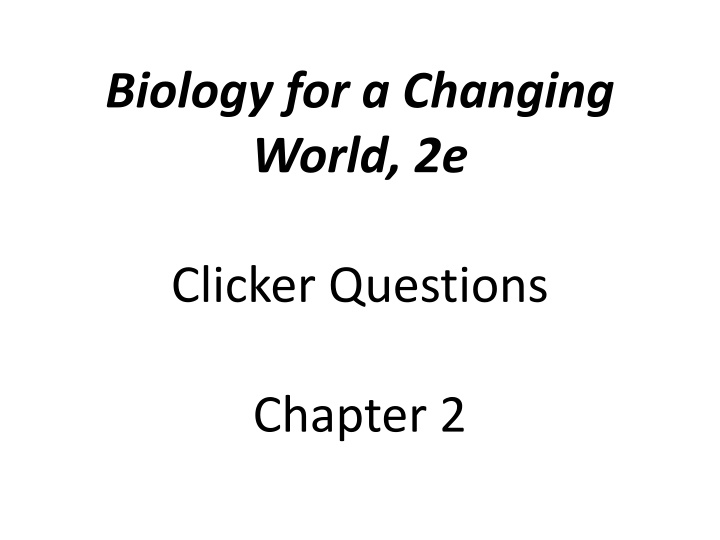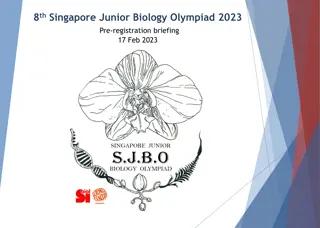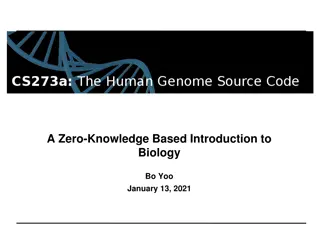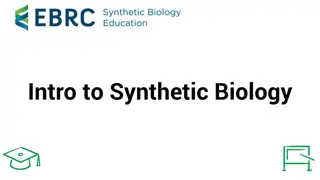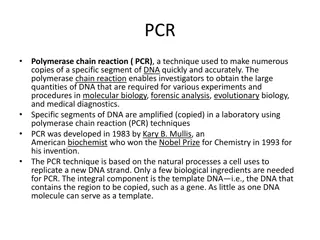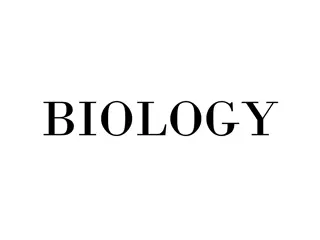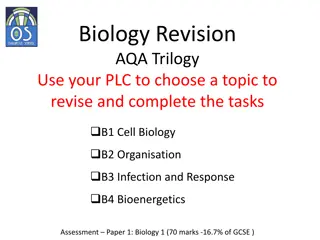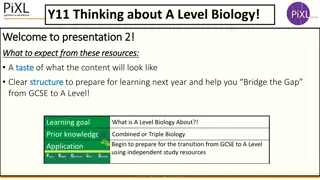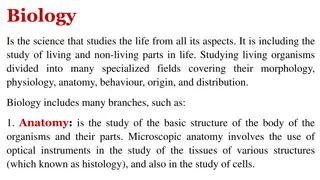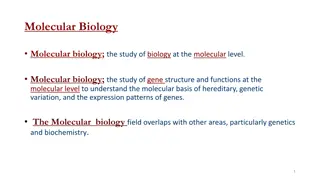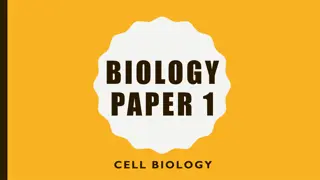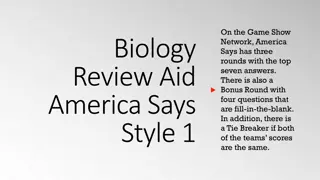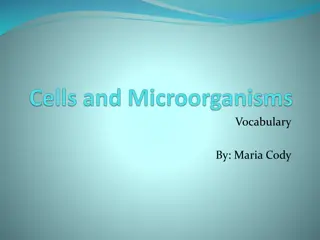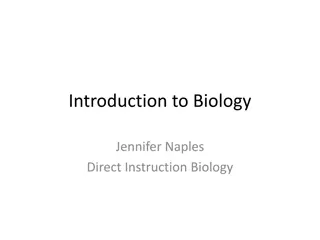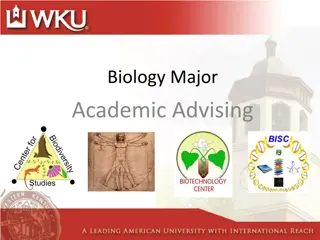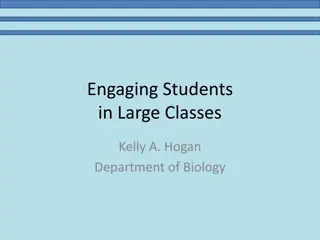Essential Biology Concepts
Fundamental concepts in biology such as living organisms, atoms, molecules, bonds, organic compounds, and cell membranes. Understand the relationship between monomers and polymers in living organisms.
Download Presentation

Please find below an Image/Link to download the presentation.
The content on the website is provided AS IS for your information and personal use only. It may not be sold, licensed, or shared on other websites without obtaining consent from the author.If you encounter any issues during the download, it is possible that the publisher has removed the file from their server.
You are allowed to download the files provided on this website for personal or commercial use, subject to the condition that they are used lawfully. All files are the property of their respective owners.
The content on the website is provided AS IS for your information and personal use only. It may not be sold, licensed, or shared on other websites without obtaining consent from the author.
E N D
Presentation Transcript
Biology for a Changing World, 2e Clicker Questions Chapter 2
Which of the following criteria is used to determine if something is a living organism? A. It grows and reproduces B. It maintains homeostasis. C. It does not rely on energy to carry out its functions. D. A and B
You have a box that has something in it which occupies space and has mass. Although, you do not know what it is, you do know that it is A. a compound. B. matter. C. an organic molecule. D. an element.
Electrons orbit the nucleus of an atom because A. electrons are neutral and are attracted to the positive charge of protons. B. the electrons, due to their positive charge, are attracted to the protons negative charge. C. the electrons, due to their negative charge, are attracted to the positive charge of the protons in the nucleus. D. the electrons, due to their negative charge, are attracted to the neutral charge of the protons in the nucleus.
Carbon has 6 electrons. To form a methane molecule, CH4, carbon and hydrogen will share four pairs of electrons. This type of bond is known as a/n A. covalent bond. B. ionic bond. C. polar bond. D. hydrogen bond.
A protein is an example of an organic molecule because A. it contains elements. B. it does not contain carbon. C. it contains a carbon-based backbone and at least one C-H bond. D. a and b
The primary lipid found in cell membranes is A. a carbohydrate. B. phospholipids. C. protein. D. a nucleic acid.
Which one of the following statements about the monomers and polymers found in living organisms is not true? A. Polymers are made of monomers. B. Monomers are made of polymers. C. Monomers do not have to bond to other monomers to function. D. Cells typically make all of their macromolecules from a small set of small molecules.
The sugar that dissolves in a glass of water is considered A. a solvent. B. a solute. C. hydrophobic. D. a solution.
The tendency of water molecules to stick together is referred to as A. covalent bonding. B. adhesion. C. cohesion. D. ionic bonding.
___ bonds form between water molecules. A. Ionic. B. Covalent. C. Polar covalent. D. Hydrogen.
A solution with a pH of 2 is A. strongly acidic. B. strongly basic. C. neutral. D. none of the above
A/n _________ has a lower concentration of hydrogen ions and removes hydrogen ions from a solution. A. acid. B. base. C. protein. D. nucleic acid
